RESTORATION, PRESERVATION & ARCHIVING
MENU
RESTORATION OF A PHOTOGRAPH FROM 1912 OLYMPIC GAMES
Many old photographs contain stories to be told and mysteries to be unraveled. To bring back to life not only a picture, but a history behind it, a skilled restoration artist has to be not only a trained painter, a photographer, a chemist, a genealogist, and a carpenter, but also a private detective, a history expert, and an archeologist. Imagine if you will, a combination of Sherlock Holmes, Sheldon Cooper, Leonardo da Vinci, and Indiana Johns.Restoration of a faded, water damaged, and ink stained photograph of a group of fencers at the 1912 Olympic Games was one among many, commissioned by the famous New York Fencing Club.
 The 1912 Stockholm Olympic Games were meant to further straighten the bonds of friendship and cooperation among the participating nations. Instead they became the last games held before the world was thrown into the horrors of the global war that took away millions of young lived and caused immeasurable suffering to hundreds of millions more people world wide.
The 1912 Stockholm Olympic Games were meant to further straighten the bonds of friendship and cooperation among the participating nations. Instead they became the last games held before the world was thrown into the horrors of the global war that took away millions of young lived and caused immeasurable suffering to hundreds of millions more people world wide.
The hero of the Stockholm Games was Jacobus Franciscus Thorpe. A member of the Sac and Fox Nation, Thorpe was the first Native American to win a gold medals for the United States of America in the Olympic Games. Despite having his athletic shoes stolen right before the competitions, Thorpe won both the pentathlon and the decathlon events; justifiable considered to be the most difficult and challenging among of all of Olympic competitions. For his dedication and perseverance Thorpe received the well-deserved challenge prizes, from King Gustav V of Sweden for the decathlon and from Czar Nicholas II of Russia for the pentathlon.
 Another athlete who took part in 1912 Olympic Games was a young fencer. He was, according to the caption on the photo, Lieutenant Patten, USA. A regular photo retouching artist, primary concerned with making a photo look pretty, would probably not given a second thought to it. But a restoration expert instantly noticed something peculiar about that name. A quick check proved the suspicion that the mysterious Lieutenant Patten was no other but the future General George S. Patton, the hero on the WWII, who, according to New York Times “was one of the most brilliant soldiers in American history. Audacious, unorthodox and inspiring, he led his troops to great victories in North Africa, Sicily and on the Western Front. Nazi generals admitted that of all American field commanders he was the one they most feared.”
Another athlete who took part in 1912 Olympic Games was a young fencer. He was, according to the caption on the photo, Lieutenant Patten, USA. A regular photo retouching artist, primary concerned with making a photo look pretty, would probably not given a second thought to it. But a restoration expert instantly noticed something peculiar about that name. A quick check proved the suspicion that the mysterious Lieutenant Patten was no other but the future General George S. Patton, the hero on the WWII, who, according to New York Times “was one of the most brilliant soldiers in American history. Audacious, unorthodox and inspiring, he led his troops to great victories in North Africa, Sicily and on the Western Front. Nazi generals admitted that of all American field commanders he was the one they most feared.”
 But in 1912 George Smith Patton Jr., was still relatively unknown, a lowly Lieutenant, misnamed and pictured second from the left in the back on a faded, nearly forgotten photograph. Two other fencers on the picture were members of New York Fencers Club Club. Established in 1883 the Club is the oldest continuously existing organization in the Western Hemisphere dedicated exclusively to teaching and promoting the sport of fencing. Since it’s founding, the Club trained 64 athletes who won the total of 23 Olympic Medals.
But in 1912 George Smith Patton Jr., was still relatively unknown, a lowly Lieutenant, misnamed and pictured second from the left in the back on a faded, nearly forgotten photograph. Two other fencers on the picture were members of New York Fencers Club Club. Established in 1883 the Club is the oldest continuously existing organization in the Western Hemisphere dedicated exclusively to teaching and promoting the sport of fencing. Since it’s founding, the Club trained 64 athletes who won the total of 23 Olympic Medals.

|

|

|

|

|

|

|

|

|
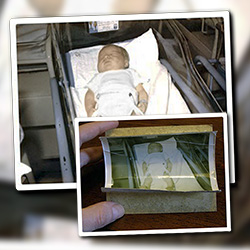
|
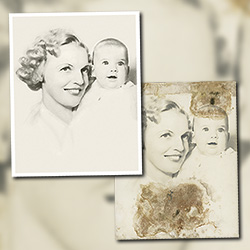
|
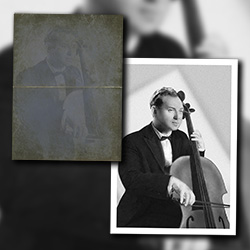
|

|

|

|

|

|

|

|

|

|

|

|
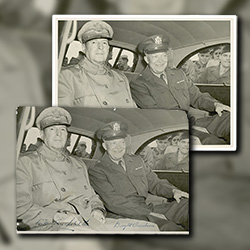
|
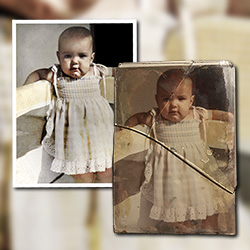
|
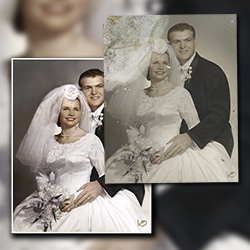
|

|

|

|

|

|
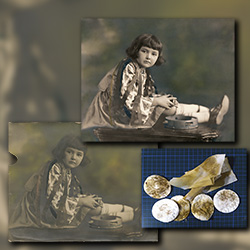
|

|

|

|

|
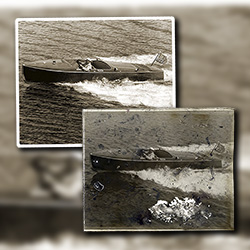
|

|

|

|
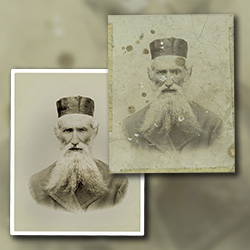
|

|

|

|

|
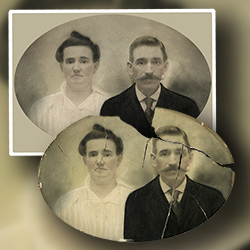
|
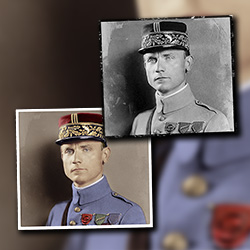
|

|

|

|

|

|

|

|

|

|

|

|

|

|